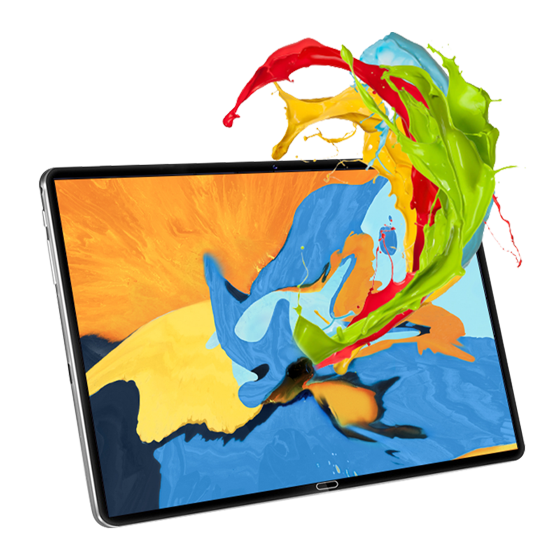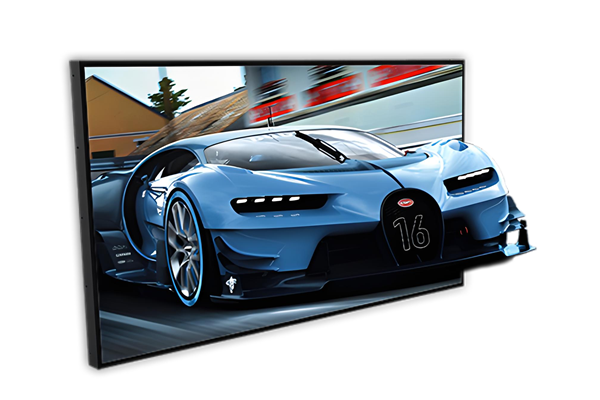In recent years, light field display technology has emerged as a powerful tool that revolutionizes how we interact with digital content. By enabling immersive, naked-eye 3D experiences, this technology provides new ways to visualize and manipulate information on 3D screens. This article delves into the science behind light field displays, explores their applications, and discusses how they are set to impact industries ranging from entertainment to healthcare.
What is Light Field Display Technology?
Light field display technology captures and displays light rays from different angles to create a realistic 3D viewing experience. Unlike traditional displays that only render two-dimensional images, light field displays produce images with depth, perspective, and natural parallax, allowing viewers to see different angles as they move. This effect is achieved through an intricate matrix of light-emitting elements, often called a light field matrix, that directs light rays in specific directions to create a 3D image on a 3D screen.
For instance, a typical light field display might contain thousands of micro-lenses or light-emitting diodes (LEDs) that project multiple perspectives of a scene at different angles. The human eye interprets these perspectives, creating the sensation of a true naked-eye 3D experience. The resolution of a light field display can vary, but high-end displays often contain millions of light rays, enhancing the detail and depth perception.
How Does Light Field Display Technology Work?
The core of light field display technology is its ability to project multiple viewpoints of an image, enabling each eye to see a slightly different image based on its position. This is accomplished through multi-view rendering, where multiple images of a scene are rendered simultaneously. Each pixel on a 3D screen is capable of displaying light at different angles, which collectively creates the perception of depth without the need for special glasses or headgear.
Imagine looking at a 3D object, such as a cube, on a 3D screen powered by light field display technology. As you move from side to side, you would observe different faces of the cube due to the changing angles of light. This works similarly to how we perceive real-world objects from various viewpoints. The human brain processes these light rays, integrating them into a coherent 3D image that appears to “pop” out of the screen.

Applications of Light Field Display Technology
Light field display technology has a wide range of applications, each harnessing its ability to create naked-eye 3D visuals that provide added value and functionality across various sectors:
1. Medical Imaging
In healthcare, light field display technology is transforming medical imaging by providing a 3D view of complex anatomical structures. Doctors can view 3D scans such as MRIs or CTs on a 3D screen, which enhances their ability to diagnose and plan surgeries more accurately. For example, a surgeon viewing a detailed, high-resolution 3D heart model on a light field display can better understand intricate structures, potentially reducing risks in complex procedures.
2. Entertainment and Gaming
In the entertainment and gaming industries, light field displays are being used to create immersive experiences. Gamers can interact with a virtual environment that appears in naked-eye 3D on 3D screens. Imagine a 3D gaming setup where characters and landscapes seem to extend beyond the screen, enhancing engagement and realism. High-quality displays can project up to 16,000 viewpoints, resulting in unparalleled depth and perspective, significantly enhancing the gaming experience.
3. Advertising and Retail
Retailers and advertisers are also beginning to adopt light field display technology for digital signage. By using naked-eye 3D effects, they can capture consumer attention more effectively. Studies show that 3D advertisements can increase viewer engagement by as much as 60%. With a 3D screen using light field technology, customers can view products with a natural sense of depth, making digital ads more engaging and lifelike.
4. Augmented Reality (AR)and Virtual Reality (VR)
Light field display technology is essential in advancing VR and AR. With light field displays, virtual objects can appear within an AR scene, adjusting naturally as users move. This is achieved with a high density of light rays, often in the range of tens of thousands, enhancing the realism and immersion in VR and AR applications.
The Future of Light Field Display Technology
Though light field display technology is still evolving, it promises a future where naked-eye 3D and lifelike visuals are accessible across more devices. Challenges remain, especially in manufacturing cost-effective, high-resolution displays that support large-scale applications. Nevertheless, with advancements in computing power and display resolution, experts project that light field displays will become mainstream in fields like education, architecture, and remote collaboration, where realistic 3D visuals are invaluable.
Conclusion
Light field display technology is revolutionizing how we view and interact with digital content. By enabling naked-eye 3D experiences on 3D screens, it has opened up opportunities for enhanced visualization in fields as diverse as medicine, entertainment, and retail. As technology advances, the impact of light field displays is expected to grow, making immersive, real-time 3D visualization more accessible and transformative across industries.





